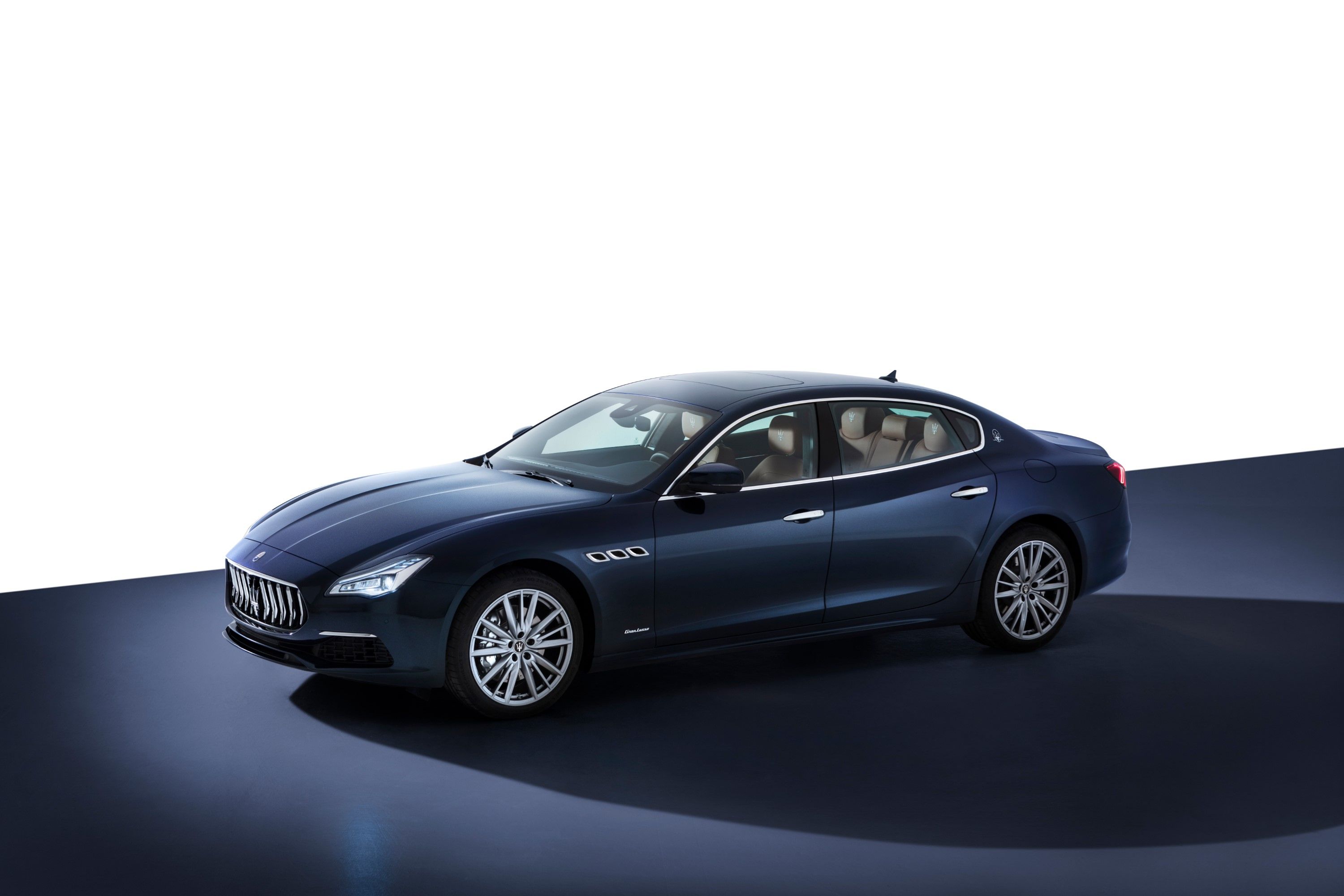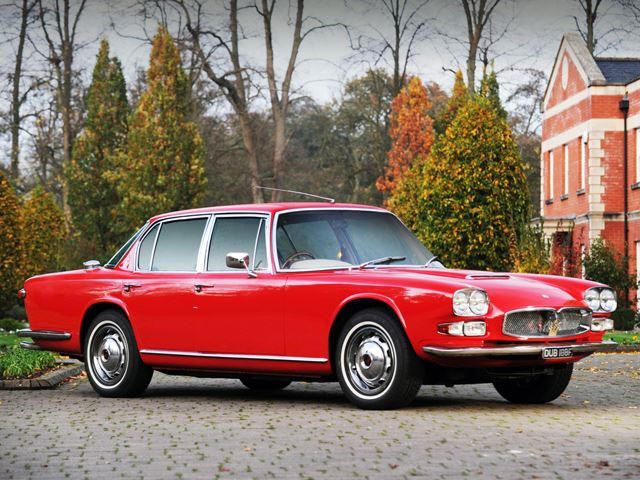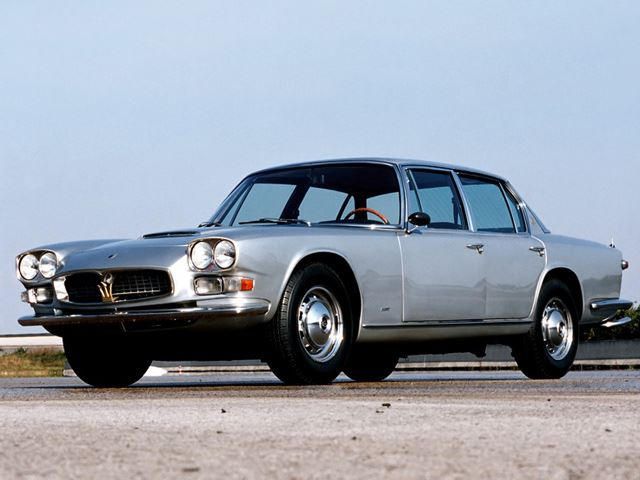
Unsurprisingly for a company that's been around for over a century, Maserati has a storied and intriguing past. What began in the winter of 1914, out of a small workshop in Bologna, blossomed over the years into a maker of formidable racing machines. By the 1950s, Maserati was one of motor racing's biggest brands, having competed in Formula One, the Mille Miglia and even the Indy 500. However, all that came at a cost, and Maserati was facing real financial difficulties as the decade drew on.
Maserati had, by this time, already dabbled with road cars to sustain the business, though most of these were either loosely based on racing chassis or built in tiny numbers. What Maserati needed, then, was a car befitting of the now-iconic trident emblem, yet also popular enough to quickly fill Maser's coffers. The solution was revealed at the 1963 Turin Motor Show as the 'Quattroporte' – a name that literally means 'four-door.' Building a sedan wouldn't guarantee Maserati's future. There were grand tourers and big four-doors on sale at the time, but it was rare to see the two model types blended together. It's also worth pointing out that Maserati was still relatively inexperienced with making road cars.
Remember, Maserati had only been building cars in sizeable numbers since 1957 – and those cars were two-door GTs. Given rivals had also struggled to make their luxury sedans viable (Facel Vega did find buyers for its Excellence, for instance, though lost money on every one it sold), the Quattroporte was a huge risk. But, as you can tell, it was one that paid off. In hindsight, it's understandable why the opulent four-door was so popular (by 1966, over 200 had been sold – not bad, for a high-end car in such an exclusive segment). For starters, it was gorgeous – even with the European car's gawky squared-off headlamps.
The Quattroporte was a beautiful piece of coach-built craftsmanship that made contemporaries like the Aston Martin Lagonda Rapide look comparatively blunt. It also helped that the Quattroporte had the pace expected from a grand tourer. With a race-derived, 260-hp 4.1-liter V8 nestled under the hood, even the QPs fitted with the three-speed Borg Warner automatic could crack 130+mph. Buyers who wanted to shift gears themselves could choose a five-speed manual instead, and have a bit more top end speed to play with as well. With a formula like that, you'd have thought Maserati would've just left the Quattroporte alone.
However, the QP was given a big 'Series II' makeover in 1966, just two years after the car went on sale. And what an upgrade it was. A new engine option (a 4.7-liter, 290 hp V8) turned what was already a brisk GT into a road rocket. With a top speed of 158 mph, the Quattroporte was comfortably the world's fastest four-door sedan. It was bizarre, then, to see the race-derived DeDion rear axle replaced on the Series II with an inferior leaf spring setup. At least the remodelled interior (which further complemented the standard-fit air con and power windows) helped set the Series II apart from the original, and the optional limited-slip differential did compensate for the leaf springs.
Those tweaks seemed to retain the car's popularity, too. When first-gen Quattroporte production ended in 1969, 776 examples had been built; 546 of them being Series IIs. All in all, the Quattroporte should have ushered in a new era for Maserati. However, things at the Modenese firm were about to drastically change – Citroen, of all companies, had acquired Maserati in 1968, and it had a big plans for the firm and its flourishing four-door.


